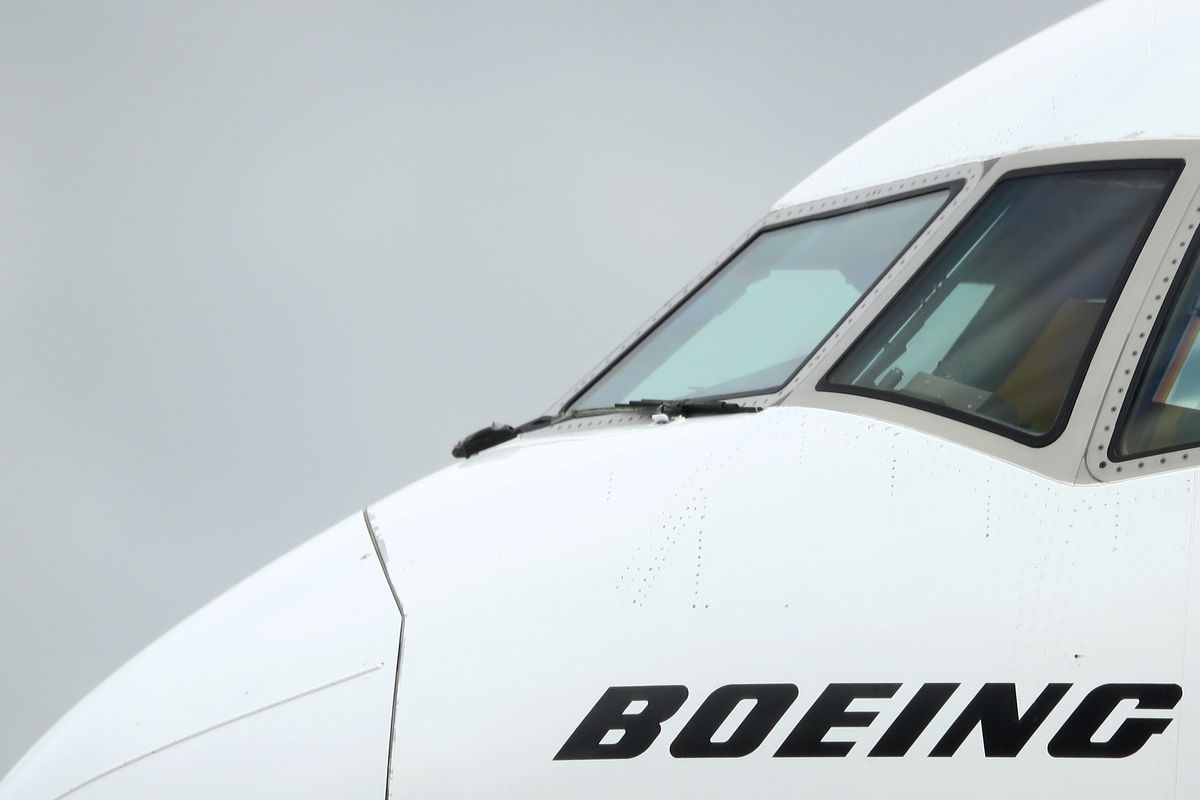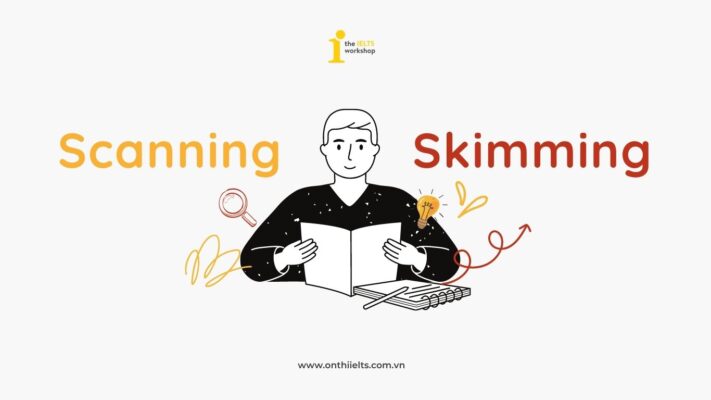What people don’t get about why planes crash
Daily Reading by Duy Long – 04.06.2019
Original Article: What people don’t get about why planes crash
—-
A gray-haired pilot straight out of central casting landed a US Airways airliner on the Hudson River on January 15, 2009. Geese had badly damaged the plane’s engines, and faced with an airplane that was little more than a glider, the pilot successfully landed the Airbus 320 in the water. All 155 people aboard survived.
You probably know the pilot by name: Celebrity is fleeting to most, but even a decade later, Captain Sully is widely remembered for his heroic landing, now known as the Miracle on the Hudson. The story even inspired a 2016 Clint Eastwood film starring Tom Hanks.
The hero pilot is an enduring character. This may explain why, when planes crash — as two Boeing 737 Maxs have over the past five months — people immediately speculate (phỏng đoán) about the folks in the cockpit.
“Was it pilot error?” I am often asked by those who know my background as a former air accident investigator and the author of The Crash Detectives. Pilots may be the first to arrive at the accident scene, as the saying goes, but the question still troubles me. Accidents are never the result of one thing or one person. They lie at the end of a long chain of events.
So I watched in dismay (sự mất tinh thần) but not surprise as the pilots of Lion Air Flight 610, which plunged (lao xuống) into the sea shortly after takeoff in October 2018, and those in command of Ethiopian Airlines Flight 302, which plowed into a field in March, were the focus of stories and speculation about the quality of their training and performance.
To be sure, when crash investigators start the process of figuring out what went wrong, pilots are scrutinized (xem xét kĩ lưỡng). Their training, medical history, sleep patterns, and emotional state are relevant, as are the actions of many others workers associated with the flight. Crash investigators also study the airplane, its past maintenance, repairs, service bulletins, its cargo, and of course all the details associated with the final flight itself.
It may sound strange coming from a woman who used to do this job — specifically for lawyers representing victims of air accidents — but investigators are not there to determine blame. They’re there to find out why things happened as they did. If it’s determined that the pilots erred (phạm lỗi), that’s not the end of the story. The next step is to figure out why.
But in my years doing the job — and later reporting on safety — here’s what stands out: The way pilots interact with technology intended to prevent errors can often contribute to accidents in unexpected ways.
There’s no better example of this than the one-two punch of Boeing 737 Max disasters. New information indicates that what tripped up the pilots of these ill-fated flights was not a lack of airmanship (thuật lái máy bay), but a new system Boeing installed on the Max. Worse, this technology — Maneuvering Characteristics Augmentation System, or MCAS — was intended to enhance safety by taking control of the airplane if the plane’s nose got too high, threatening a loss of lift and a stall.
In fact, the investigations still underway seem to show that in both accidents, the system engaged in response to an erroneous reading from a sensor. The planes were not in jeopardy (lâm vào cảnh nguy hiểm), but the pilots could not override the computer’s command, forcing the airplanes to dive. In short, technology bested the humans in the cockpit with disastrous consequences. Boeing now acknowledges the software is flawed.
Introducing software into the cockpit as a backstop against human fallibility has been going on for decades. To be sure, computers have made flying safer in many ways. At the same time, it plays such a significant role in the pilot’s realm that one cannot consider either in isolation.
In the mid-80s, Airbus, the European competitor to Boeing, created the first fly-by-wire airplane. This innovation replaced the pilot’s mechanical activation of flight control surfaces, with activation by electrical pulses. This gave the flight more precision and consistency. It also created safe operating envelopes outside of which the pilots could not fly. This would prevent them from leading to a catastrophic mishandling (xử lí hỏng) of the airplane.
By the mid-2000s, Boeing was also offering fly-by-wire on its new B-777 widebody. So in a way, today’s modern airliner technology can be compared to your mobile phone that tracks your steps, keeps your calendar, and provides navigation to get you to your appointments, or your car with its lane-keeping and parallel parking abilities. On land or in the air, modern technology consistently handles mundane, repetitious, complex, or mind-numbing tasks so we don’t have to.
But technology comes with a downside. Our phones, computers, cameras, and smart homes can both confuse us and make us careless. The same is true for pilots in modern aircraft.
In the crash of an Asiana Airlines Boeing 777 landing in San Francisco in 2013, investigators determined that a contributing factor was the pilots’ over-reliance on automated systems which led to an erosion in their flying skills. The investigation of the fatal flight of an Air France Airbus A330 from Rio de Janeiro to Paris in 2009 led to the conclusion that the complexity of the fly-by-wire airplane befuddled (khiến ai đó phân vân, không thể suy nghĩ sáng suốt) the pilots.
The 737 Max probes suggest another variation on the conundrum (câu hỏi hóc búa): Technology intended to protect against pilot error trapped the pilots. Helpless in the cockpit, they were unable to do as Captain Sully did and save the day.
VOCABULARY:
airmanship (n): skill in flying an aircraft.
=> Some of the most enjoyable training you will receive at the United States Air Force Academy is in aviation and airmanship.
befuddle (v): make someone unable to think unclearly.
=> Politicians often befuddle the public with campaign promises that they cannot keep.
conundrum (n): a confusing and difficult problem or question.
=> Physicists believe they have solved the chicken-and-egg conundrum.
dismay (n): distress, typically caused by something unexpected.
=> To his dismay, she left him.
err (v): be mistaken or incorrect; make a mistake.
=> The judges had erred in ruling that the evidence was inadmissible.
jeopardy (n): danger of loss, harm, or failure
=> Michael’s job was not in jeopardy.
mishandle (v): manage or deal with something wrongly or ineffectively.
=> The officer mishandled the situation.
plunge (v): jump or dive quickly and energetically.
=> Our daughters whooped as they plunged into the sea.
scrutinize (v): examine or inspect closely and thoroughly.
=> Customers were warned to scrutinize the small print.
speculate (v): form a theory or conjecture about a subject without firm evidence.
=> My colleagues speculate about my private life.








